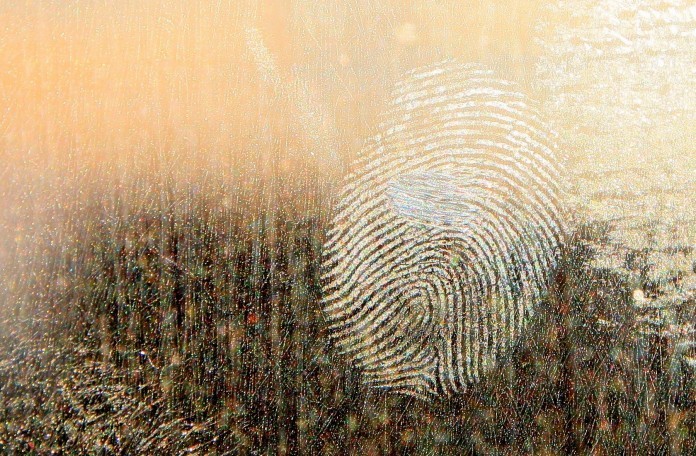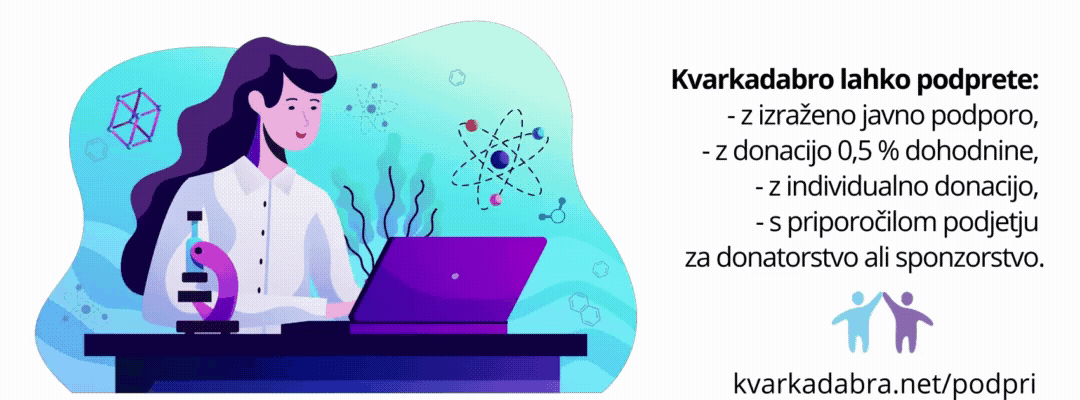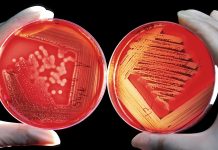Decembra 2012 so brezdomca Lukisa Andersona na osnovi zbranih DNK dokazov obtožili umora milijonarja Raveesha Kumra. Vendar se je kmalu izkazalo, da Anderson, kljub zanesljivi in skrbno izvedeni analizi DNK vzorcev s prizorišča zločina, ne more biti morilec. V času umora je bil namreč hospitaliziran v bolnišnici in neprestano pod zdravniškim nadzorom.
Kasnejša analiza obrambe je pokazala, da je bila ista ekipa reševalcev, ki je oskrbela Andersona in ga odpeljala v bolnico, čez nekaj ur tudi na prizorišču umora milijonarja. Reševalci so kot kaže nevede s svojimi oblačili prenesli nekaj brezdomčeve DNK v stanovanje umorjenega, kar so zaznali preiskovalci.
Primer so nedavno predstavili na srečanju forenzikov v Las Vegasu. Strokovnjaki namreč vse bolj ugotavljajo, da forenzična analiza DNK postaja že tako natančna, da je treba njeno uporabo v določenih primerih na novo premisliti in ovrednotiti.
Since 1997, when researchers first showed that it was possible to gather genetic information about a person based on skin cells they had left on an object, this type of trace evidence, also known as touch DNA, has been increasingly collected from surfaces such as door and gun handles. … Commercial companies now sell kits to law-enforcement agencies that can generate a full genetic profile of an individual from as few as three to five cells. Independent labs and scientists working on such projects as identifying long-deceased individuals also employ the kits.
Until recently, this type of DNA has been regarded as incontrovertible proof of direct contact. But a growing number of studies show that DNA does not always stay put. For example, a person who merely carried a cloth that had been wiped across someone else’s neck could then transfer that person’s DNA onto an object he or she never touched, according to a study published earlier this year in the International Journal of Legal Medicine. Similarly, Cynthia M. Cale, a master’s candidate in human biology at the University of Indianapolis, recently reported in the Journal of Forensic Sciences that a person who uses a steak knife after shaking hands with another person transfers that person’s DNA onto the handle. In fact, in a fifth of the samples she collected, the person identified as the main contributor of DNA never touched the knife. Cale and her colleagues are among several groups now working to establish how easily and how quickly cells can be transferred—and how long they persist. “What we get is what we get,” Cale says, “but it’s how that profile is used and presented that we need to be cautious about.”

















